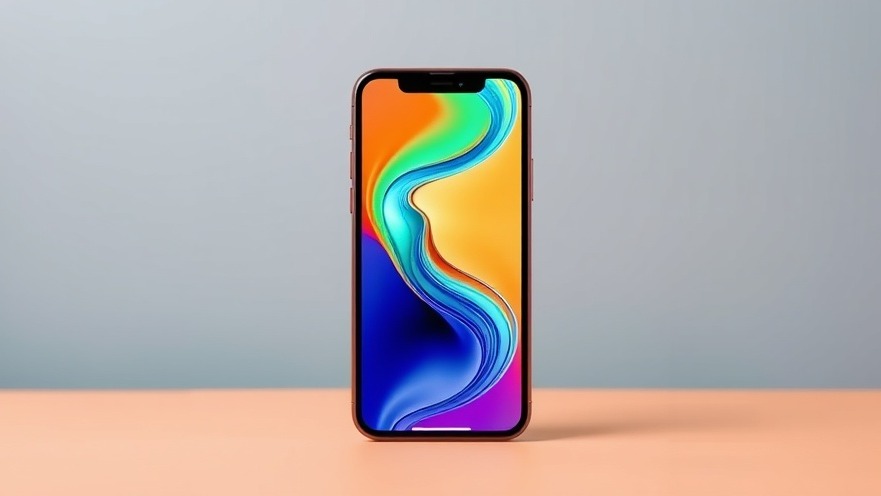
Is Apple Better at Distraction Than Innovation?
In recent years, Apple has been accused of prioritizing aesthetics over functionality, a shift observed in their latest design language, aptly dubbed Liquid Glass. Unveiled at WWDC 2025, several elements hearken back to the skeuomorphism that Apple abandoned years ago, yet this time, the approach is cloaked in the guise of modernity. The revival of textures, layers, and rich visuals can be seen as a bold embrace of tactile design, but it raises significant questions about user experience and accessibility.
The Return of Tactile Design
After over a decade since Apple transitioned to flat design in iOS 7, this shift back toward material richness signals a nostalgic return to surfaces that evoke a sense of touch. Apple claims that Liquid Glass enhances usability by creating depth and reactive behaviors in the UI, allegedly helping users focus on key elements while reflecting their environment. However, there’s a risk that these advantages may turn into disadvantages. Complex wallpapers can render this sweeping gloss chaotic rather than functional, making legsibility a continuing challenge.
Challenges for Designers and Users
Many designers, especially those focusing on accessibility, have voiced concerns over the potential downsides of such decorative layers. They argue that while the interface may look visually stunning, it could hinder clarity and ease of use. As some early testers have reported, buttons can become indistinguishable against overly intricate backgrounds. For franchisors, who often seek designs that resonate across a range of locations and audiences, these usability pitfalls may hinder consistent branding efforts.
An Inopportune Time for Distractions
Compounding these concerns is the timing of Apple’s redesign amid its ongoing struggle with Siri’s functionality. The company finds itself in a bind—outpaced by Google and Microsoft in AI capabilities, all while promoting a cutting-edge design that could distract users from the shortcomings of its voice assistant. In this landscape, flashy visuals may simply serve as a smokescreen.
What Lies ahead for UI Design?
This situation presents franchisors with a unique opportunity to reflect on the importance of both innovative design and functional clarity. As they navigate a landscape where technology plays a significant role in brand experience, understanding how aesthetics influence customer interaction is key. With the resurgence of skeuomorphism under a new name, perhaps it’s time to advocate for a balance between beauty and usability.
Decisions Based on Design Trends
As franchisors, recognizing the implications of emerging design trends such as Liquid Glass can define the operational efficiency and brand identity of multiple outlets. The challenge lies not only in adopting new technologies but in ensuring all stakeholders—from franchisees to consumers—experience interfaces that are not only pleasing to the eye but also functional. Emphasizing inclusivity in design not only enhances consumer satisfaction but reinforces brand consistency.
Take Action Toward Enhanced User Experience
With all these shifts occurring in the UI design landscape, it’s clear that exploring user experience-driven design should be critical for any franchise. As Apple experiments with lagging tactics, you too can ensure your operations don’t fall prey to superficial changes but instead, prioritize usability that resonates with your target audience. Understanding and adapting to these trends will empower your business to remain at the forefront of operational excellence.
 Add Row
Add Row  Add
Add 




Write A Comment